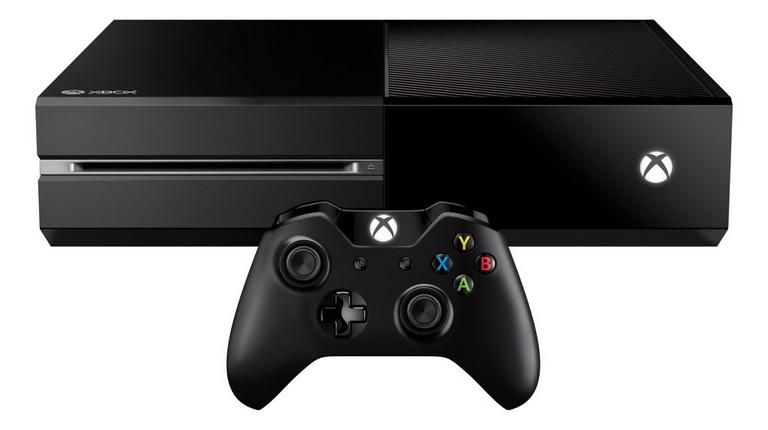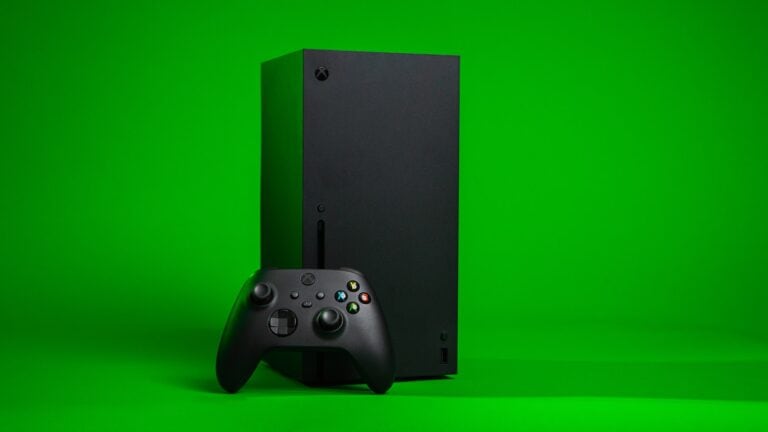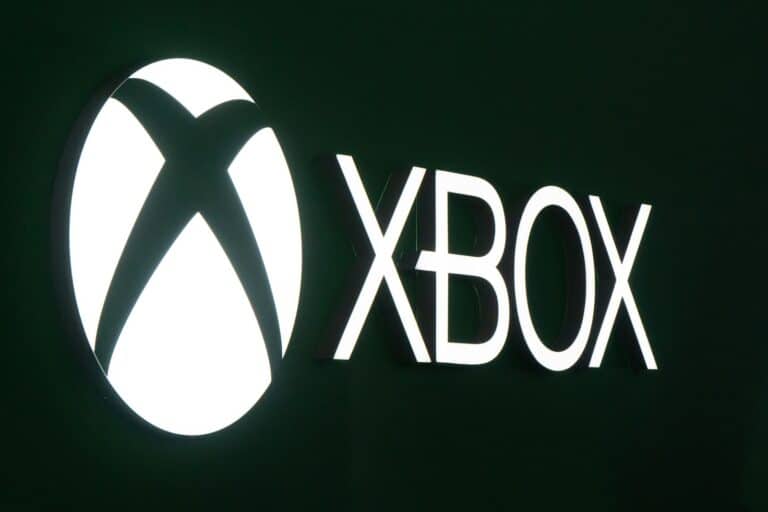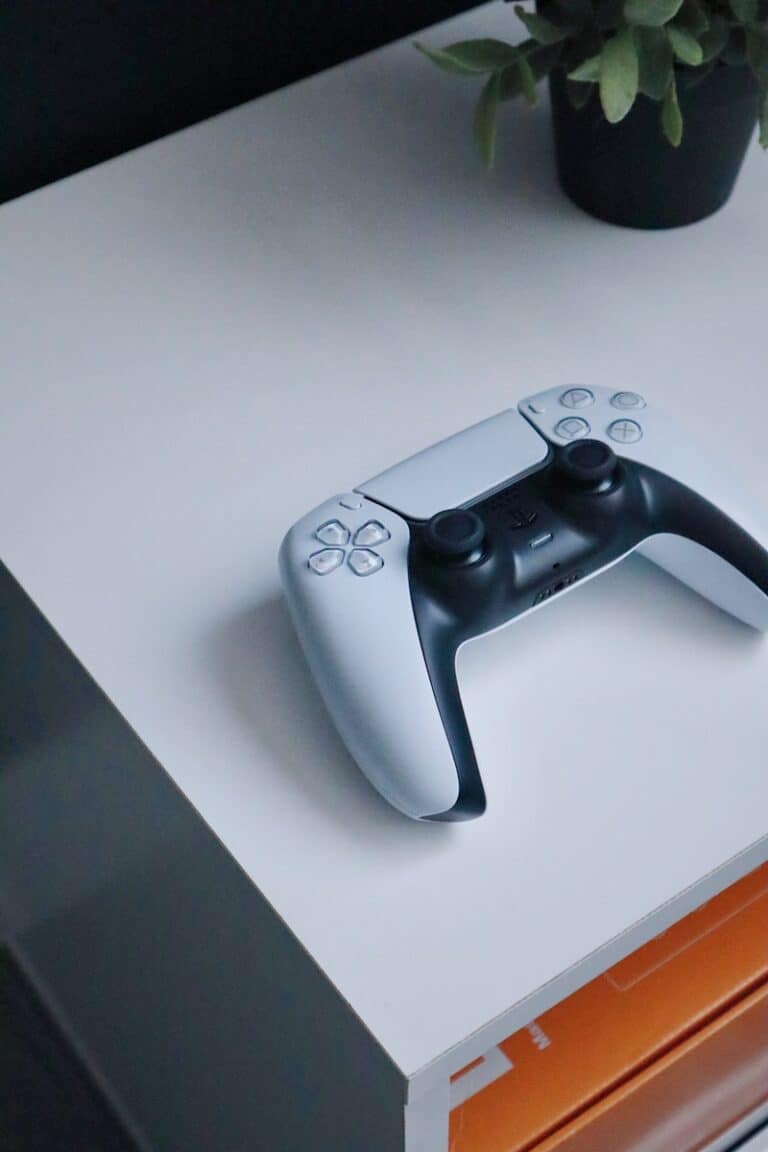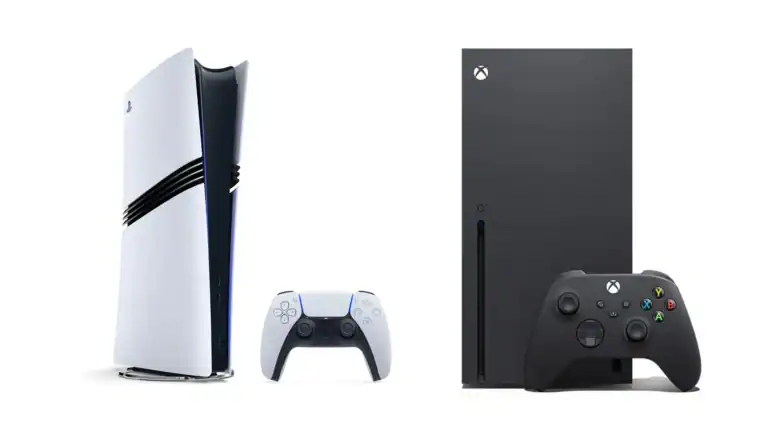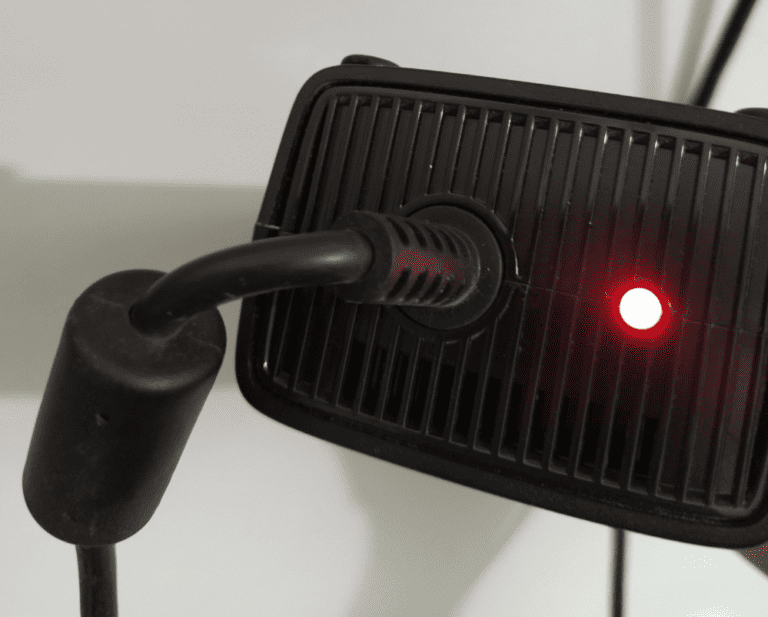The Xbox One hit store shelves on November 22, 2013, marking Microsoft’s bold entry into the eighth generation of gaming consoles. This home video game console launched in North America, parts of Europe, Australia, and South America before expanding to other markets like Japan and China in 2014.
Microsoft released the Xbox One on November 22, 2013, as the successor to the Xbox 360 and the third console in the Xbox series. The gaming console competed directly with Sony’s PlayStation 4 and Nintendo’s Wii U, positioning itself as an all-in-one entertainment system rather than just a gaming device.
The Xbox One family eventually grew to include the Xbox One S in 2016 and the more powerful Xbox One X in 2017. Microsoft discontinued all Xbox One models in 2020 when the Xbox Series X and Series S launched. The Xbox One controller became a standout feature, offering improved design and haptic feedback that set new standards for gaming controllers.
Specifications, Release Date, and Impact on Gaming
The Xbox One, developed by Microsoft, marked a significant evolution in gaming consoles when it launched. Here’s a detailed guide covering its specifications, release date, and the impact it had on the gaming industry.
Xbox One Specifications
- CPU: Custom 8-core AMD Jaguar processor, running at 1.75 GHz
- GPU: AMD GCN architecture, 853 MHz
- RAM: 8 GB DDR3
- Storage: Initially 500 GB or 1 TB HDD options
- Optical Drive: Blu-ray/DVD combo drive
- Resolution: Supports up to 1080p gaming and 4K video playback (streaming and Blu-ray)
- Connectivity: HDMI 1.4 input/output, USB 3.0 ports, Ethernet, Wi-Fi
- Controller: Redesigned Xbox Wireless Controller with improved ergonomics
- Additional Features: Kinect sensor support (bundled initially), voice commands, multimedia integration
Release Date
- Launch Date: November 22, 2013
- Launch Price: Approximately $499 USD in the United States
The Xbox One was unveiled at E3 2013 and released worldwide later that year, positioned as the successor to the Xbox 360.
Impact on Gaming
1. All-in-One Entertainment System
Xbox One was designed not just as a gaming console but as an all-in-one entertainment hub. It integrated live TV, apps, streaming services, and voice controls, aiming to replace multiple devices in the living room.
2. Focus on Online Connectivity and Cloud Gaming
The Xbox One emphasized online connectivity with features like cloud saves, multiplayer matchmaking, and digital game downloads. This set the stage for future developments in cloud gaming and Xbox Game Pass.
3. Backward Compatibility
Microsoft introduced backward compatibility, allowing many Xbox 360 games to be played on Xbox One, which was a significant advantage over competitors at the time.
4. Mixed Reception and Evolution
The initial launch faced criticism for DRM policies and mandatory Kinect usage, which Microsoft later reversed. Hardware revisions like the Xbox One S and Xbox One X improved performance, added 4K support, and refined the design.
Summary
The Xbox One, released on November 22, 2013, brought powerful hardware and a vision of integrated entertainment to gamers worldwide. Its specifications laid the groundwork for modern gaming consoles, blending gaming with multimedia features. Despite early controversies, it influenced the direction of gaming with cloud services, backward compatibility, and multimedia integration.
Key Takeaways
- The Xbox One launched on November 22, 2013, in select markets before expanding worldwide in 2014
- Microsoft positioned the console as an entertainment hub that could play games, stream media, and control television
- The Xbox One family included three models before being replaced by the Xbox Series consoles in 2020
Frequently Asked Questions
The Xbox One’s release date of November 22, 2013 came with a $500 price tag and launched exactly eight years after the Xbox 360. Microsoft later released the Xbox One S in 2016 and has shifted focus to newer consoles while maintaining support for the original system.
What was the initial price point of the Xbox One at launch?
Microsoft priced the Xbox One at $500 USD when it launched on November 22, 2013. This price point made it $100 more expensive than its main competitor, the PlayStation 4.
The higher cost came from bundling the Kinect sensor with every console. Many gamers criticized this pricing decision during the console’s early months.
How does the release date of Xbox One compare to that of Xbox 360?
The Xbox One launched on November 22, 2013, exactly eight years after the Xbox 360’s release date. Microsoft released the Xbox 360 on November 22, 2005.
This eight-year gap represented Microsoft’s standard console generation cycle. The timing allowed the Xbox 360 to have a full product lifecycle before its successor arrived.
When did the Xbox One S first become available on the market?
Microsoft released the Xbox One S in August 2016, nearly three years after the original Xbox One. The Xbox One S offered a slimmer design and 4K video support.
This updated model removed the Kinect requirement that plagued the original console. The Xbox One S also included HDR support and a built-in power supply.
Are there any official announcements regarding the discontinuation of the Xbox One?
Microsoft has not officially discontinued the Xbox One but has shifted focus to the Xbox Series X and Series S consoles. The company still provides system updates and support for Xbox One users.
Production of new Xbox One consoles has largely stopped. Microsoft now concentrates on manufacturing and promoting their newer console generation instead.
What are the significant differences in release dates between Xbox One and PS4?
Both the Xbox One and PlayStation 4 launched in November 2013 within weeks of each other. Sony released the PS4 on November 15, 2013, one week before the Xbox One’s November 22 launch.
This close timing created intense competition between the two consoles. The PS4’s earlier release date and lower $400 price gave Sony an early advantage in sales.
Which model is considered the oldest in the Xbox lineup?
The original Xbox holds the title as the oldest Xbox console, launching on November 15, 2001. Microsoft designed this first Xbox to compete with Sony’s PlayStation 2 and Nintendo’s GameCube.
The original Xbox featured a 733 MHz Intel Pentium III processor and 256 MB of RAM. It introduced Xbox Live online gaming service, which became a key feature for future Xbox consoles.

